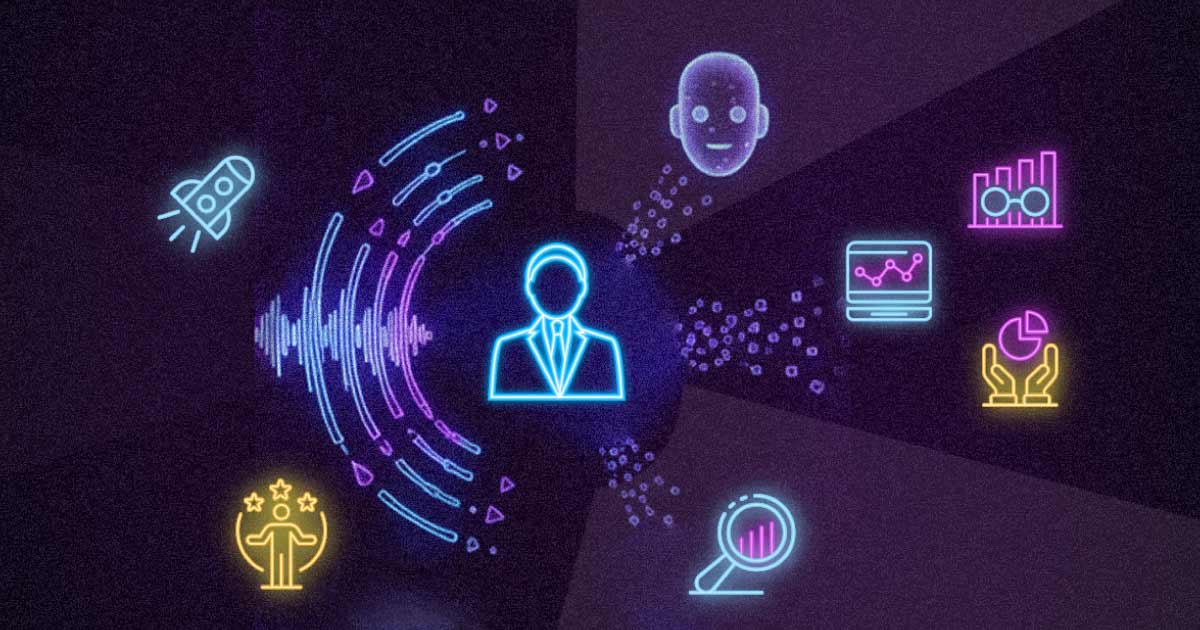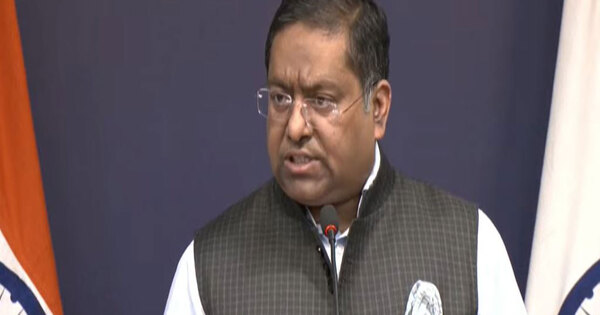
Every ring tells a story—some answered, most missed. In the noise of modern marketing, the quiet gap between a call made and a call missed has become one of the biggest blind spots in CX and conversion.
A recent analysis of LocaliQ customer data has shown a recurring pattern: roughly 1 in 4 calls go unanswered, representing a significant loss in potential revenue. For marketers, those missed calls translate into missed opportunities, often due to limited staffing, high call volumes, or after-hours inquiries.
Martechvibe speaks to Alex Hunsucker, Chief Product Officer of LocaliQ and Emiliano Tomasoni, Chief Marketing Officer of Wildix, to explore how AI voice agents are quietly transforming this dynamic. Beyond automation, these agents are redefining how brands listen, respond, and connect. Thus, bridging the gap between marketing intent and customer expectation.
Together, they paint a vivid picture of a near future where every conversation becomes data, and every data point tells a story.
From Missed Calls to Meaningful Connections
“Businesses often miss leads simply because of operational constraints: fixed working hours, a limited number of agents, or overloaded call queues,” says Tomasoni. “These challenges usually lead to frustrating customer experiences.”
AI voice agents, however, are rewriting this story. Always-on and infinitely scalable, they eliminate the biggest barrier in customer communication: availability. “They can handle multiple conversations at once without fatigue or delay,” Tomasoni adds.
Hunsucker echoes this from the LocaliQ lens: “Many businesses unintentionally let valuable leads slip through the cracks due to missed calls… even when prospects leave voicemails, follow-up calls can be delayed or forgotten.”
But AI doesn’t just answer calls—it answers better. Free from mood swings or human biases, these voice systems deliver consistency and warmth, what Tomasoni calls ‘predictable excellence.’
It’s not about replacing agents; it’s about ensuring no customer ever feels unheard. In that reliability, brands earn both trust and traction.
Listening Beyond Words: The New Marketing Goldmine
Data may drive decisions, but voice drives understanding. “Unlike form fills or SMS replies, voice interactions naturally invite elaboration,” says Tomasoni. “People reveal more through tone, hesitation, or pace—signals you’ll never find in a checkbox.”
Voice isn’t just sound. It’s sentiment.
- A pause might mean hesitation.
- A faster pace could signal excitement.
- A softened tone may indicate doubt.
AI voice agents can capture and interpret these emotional cues in real time, allowing marketers to respond with precision and empathy. “AI-led conversations generate a rich stream of data that marketers are increasingly tapping into,” explains Hunsucker. “Voice reveals the actual language, concerns, and sentiment of customers.”
Tomasoni calls this evolution the H2H shift—Human to Human marketing. Instead of guessing personas, marketers can now read emotion and intent as they happen. “Imagine understanding not just who your lead is, but how they feel at the moment of contact,” he says. “It’s not just data; it’s dialogue turned into direction.”
For marketers, voice is the new first-party data—alive, nuanced, and infinitely more actionable.
When AI Calls You First
The traditional inbound model, waiting for the customer to reach out, is fading fast. AI voice agents are now making the first move. “They’re starting to make outbound calls for appointment reminders, service follow-ups, and even personalised offers,” says Tomasoni.
At LocaliQ, Hunsucker has seen this play out in real-world campaigns. “When leads are followed up immediately—especially via voice or SMS—they’re significantly more likely to engage,” he says. Delays of even a few hours can cause conversions to plummet.
However, this proactive AI outreach hinges on trust and tone. “The main obstacle isn’t the tech—it’s perception,” Tomasoni cautions. “If the voice sounds synthetic or robotic, users hang up. But if it’s warm, natural, and helpful, it feels like a personal assistant.”
Pointers to note:
- Tone builds trust. Authenticity beats automation.
- Timing matters. Outreach in the moment of intent drives conversion.
- Context wins. AI that calls with purpose—not scripts—creates engagement.
Done right, proactive AI feels less like marketing and more like care in motion.
Where Dialogue Becomes Data—and Data Drives Dialogue
The line between conversation and conversion is rapidly dissolving.
Every spoken word, every hesitation, every “let me think about it” becomes insight. For marketers, voice data isn’t just analytics; it’s empathy quantified.
“When an AI solves an issue right away, customers don’t miss the human element—they appreciate the convenience,” says Tomasoni. Yet, he’s quick to add that the human touch still matters. “AI should pass the baton smoothly when escalation is needed. It’s not a replacement; it’s orchestration.”
Hunsucker agrees: “AI voice agents are no longer just reactive; they’re becoming proactive participants in the customer journey.”
The future of marketing may not be written in words but spoken in conversations, each one captured, understood, and transformed into meaningful action.
In that sense, AI isn’t taking over the marketer’s role; it’s amplifying it; Turning every ‘hello’ into a conversion opportunity.

.png) 1 day ago
1
1 day ago
1

















 English (US) ·
English (US) ·